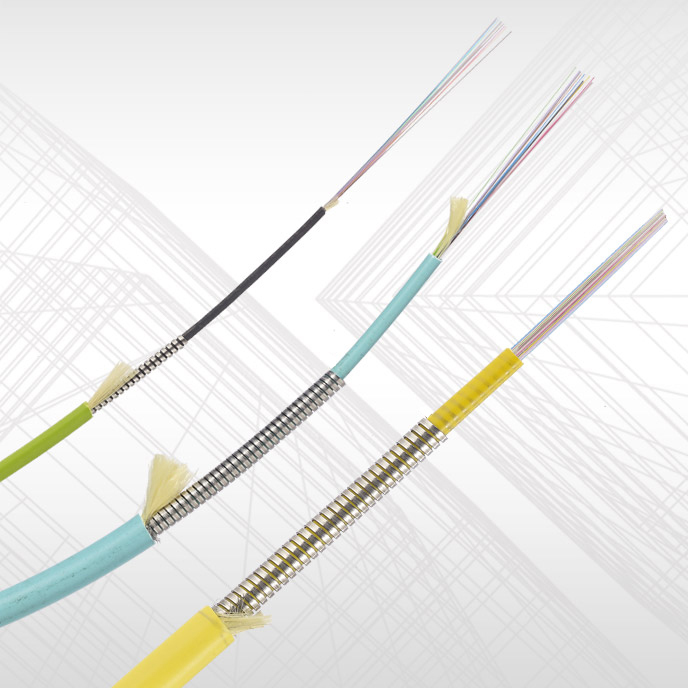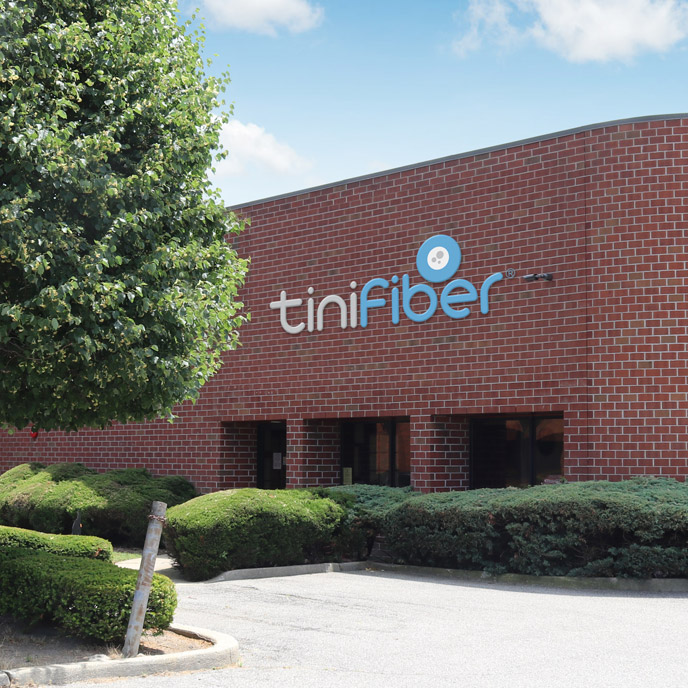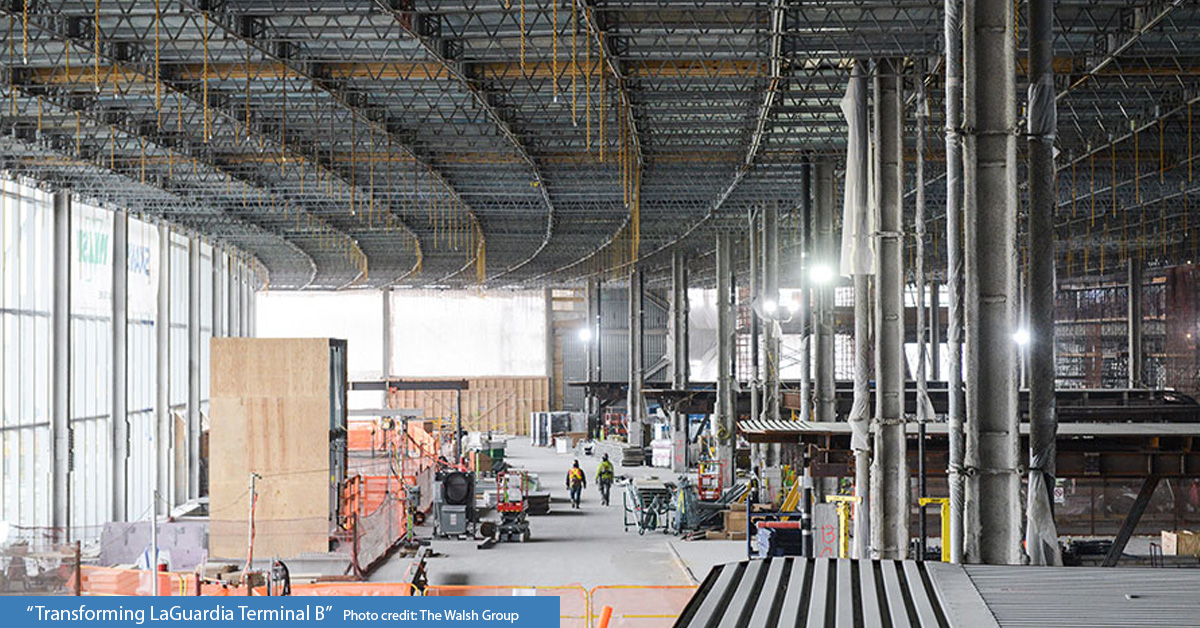The demand for fiber optic cable had already been growing at a steady pace as more advanced technologies such as 5G, Artificial Intelligence (AI) and the Internet of Things (IoT) require higher bandwidths. According to Reportlinker’s “Fiber Optic Cable Market – Growth, Trends and Forecasts” (202-2025), the global fiber optic cable market is expected to reach in excess of $16.3 billion by 2025, registering a compound annual growth rate of 14. Across diverse sectors, from commercial, residential, and security applications, to antenna systems (DAS)/wireless and transportation applications, fiber optic cable is in high demand. Now, COVID-19 has fueled even greater demands for more bandwidth as remote working and learning have become the norm in the “new normal” for electrical contractors, cable installers, designers and engineers alike.
Up until recently, Aluminum Interlocking Armor (AIA) cable was the specified product, however, it was not without its challenges. When installing this cable, logistical challenges relating to tight pathways, already cable-congested areas, locations prone to environmental stresses, etc. have been all too common. An alternative was developed to mitigate the challenges associated with traditional AIA cable – TiniFiber Micro Armor Fiber Optic Cable. This U.S. patented and UL-approved solution has already garnered several industry awards owing to its strong value proposition.
Unique Design and Performance Features
At the core of TiniFiber’s value are its physical properties. This next generation and future-proof solution is 65% smaller and 75% lighter (i.e., Its 12 strand fiber cable has a diameter of 5.5 mm and at 300 ft. weighs 45 lbs.) in weight than AIA (i.e., its 12 fiber armored fiber has a diameter of 13.95 mm and at 300 ft. weighs 206 lbs.). This results in a 500% increase in pathway capacity. Tight or curved pathways, small core holes, riser and plenum applications pose no problem.
With its patented, tightly wrapped stainless steel coil, combined with Kevlar, TiniFiber Micro Armor Fiber Optic Cable has superior strength and resilience, thereby providing an unrivaled bend radius. This is because its crush-proof armor effectively shields the fragile glass fiber optic strands from any potential damage caused by bending. It is well-suited for reclamation of conduits, and its smaller size also enables it to be pulled through tight pathways, curved spaces, aerials and underground routes with ease and in much less time than AIA. Outdoor or direct burial, as well as low smoke zero halogen (LSZH) applications are managed effectively with TiniFiber.
For installers, its size, weight and bend radius represent a much easier and quicker installation. For property owners, the reduction in installation time and labor hours delivers significant savings. Because of its strength, durability and rodent-resistance properties, TiniFiber is also very sustainable and able to withstand the harshest environmental conditions
Meeting Diverse Industry Needs
Close to home in New York, TiniFiber is being applied in several major transportation projects including the Moynihan Train Hall (Penn) Station and LaGuardia Airport. Its application is far and wide as it helps to deliver reliable broadband in office buildings, data centers, hospitals, colleges, convention centers, and sporting venues across the nation. In addition to facilitating fiber to the home (FTTH) applications in multifamily buildings and single-family residential communities, it is also helping to bring broadband to rural communities across the country. Each application brings its own challenges. For instance, data centers are highly cable congested with minimal space; long haul telecom carriers require resilient, scalable fiber optic solutions to keep pace with soaring cellular network demands; and transportation entities, whether airport, railroad or marine/port applications, require reliable access and connectivity to support fully-integrated network infrastructures and communications over long distances.
With the explosion in data traffic from the Internet, e-commerce applications, computer network and multimedia applications, the high demand for a fiber optic cable that can deliver infinite bandwidth is undeniable. Delivering that bandwidth in a solution that also can accommodate the physical footprints, space and design constraints of existing buildings and infrastructures, support faster project delivery on new construction, and be both cost-effective and sustainable, is essential.
For more information, visit www.tinifiber.com or call (631) 932-2253.
By Barry Skolnick, partner and vice president at TiniFiber, Farmingdale, NY.
As published in New York Real Estate Journal (NYREJ), December 1, 2020













